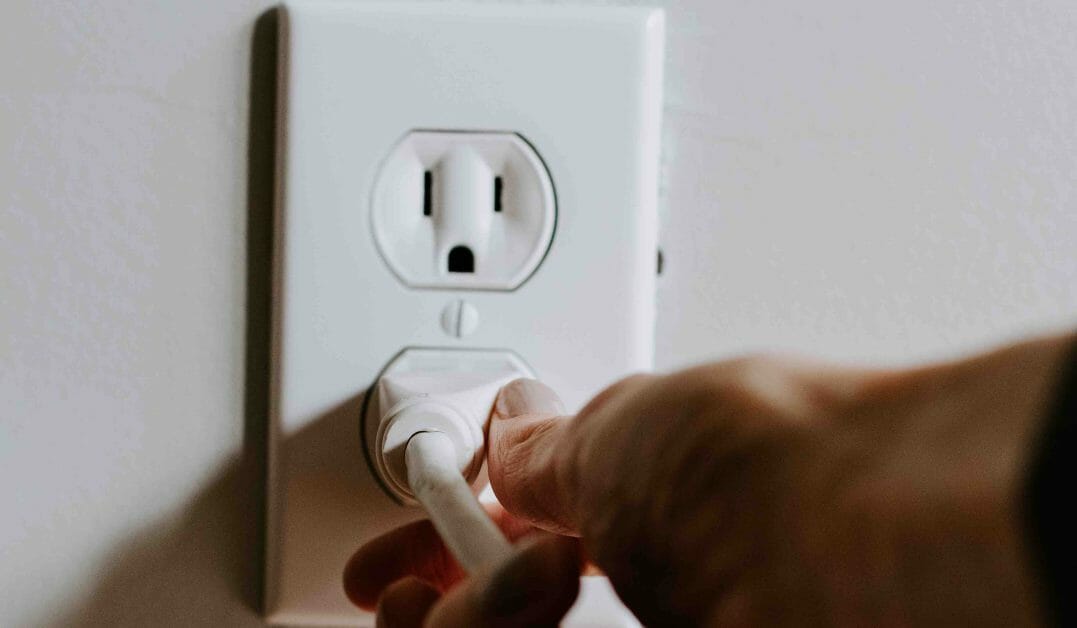220V Wire Size for Outlet

A 220V outlet is usually used to power a large, power-hungry appliance like a water heater, electric dryer, or electric range. It means you never have to worry about connecting outgoing wires when wiring a 220v receptacle. Your sole responsibility is to connect the outlet to power.
Being an electrician, I know the importance of using the ideal wire gauge for a 220-volt outlet. Using the correct wire gauge is vital because Electrical circuits with greater amperage ratings require thicker wires to handle the load without overheating.
Generally, you can use the same 12-gauge wire that you would use for a 110-volt, 20-amp circuit when wiring a 220v, 20-amp outlet to power tools. Remember that the cable must include an additional hot wire. If the appliance draws 30 amps, a different type of receptacle and 10-gauge cable is required.
I will go deeper below.
What Wire Size/Gauge for a 220-volt Power Outlet?
Wire gauge is a thickness measurement; the lower the gauge, the thicker the wire. You can use the same 12-gauge wire that you would use for a 110-volt, 20-amp circuit when wiring a 220v, 20-amp outlet to power tools. Remember that the cable must include an additional hot wire. If the appliance draws 30 amps, a different type of receptacle and 10-gauge cable is required.
The cable will be labeled 10 AWG in the store. Continuing the progression, a 40-amp circuit requires eight AWG cables and a 50-amp circuit requires six AWG cables. In all cases, a three-conductor cable is required, which contains four wires because the ground, while necessary, is not considered a conductor. Ensure you buy a receptacle and cable rated for the appliance’s current draw.
A significant proportion of 220-volt appliances need 30 amps or more electrical current. Others, such as small air conditioners, power tools, and kitchen appliances, use only 20 amps. If you ever need to install a 20-amp, 220-volt plug equivalent to a 230-, 240-, or 250V outlet, you must be accustomed to 220-volt wiring.
Wire Gauge and Current Capacity (Amps)
A wire’s current capacity is the amount of current it can safely carry.
Larger wires can carry much more current than smaller wires because they can accommodate more electrons. Based on the table, you can see that an AWG 4 wire can safely carry 59.626 amps of current. AWG 40 wire can only safely carry 0.014mA of current. (1)
If the amount of current carried by a wire exceeds its current capacity, the wire may overload, melt, and catch fire. Exceeding this rating is thus a fire safety hazard and is extremely dangerous. (2)
Take a look at some of our related articles below.
- How many amps can 18-gauge wire handle
- What gauge wire for 20-amp 220v
- A wire rope sling with a strength
References
(1) electrons – https://byjus.com/chemistry/electrons/
(2) fire safety hazard – https://www.redcross.org/get-help/how-to-prepare-for-emergencies/types-of-emergencies/fire/is-your-home-a-fire-hazard.html
